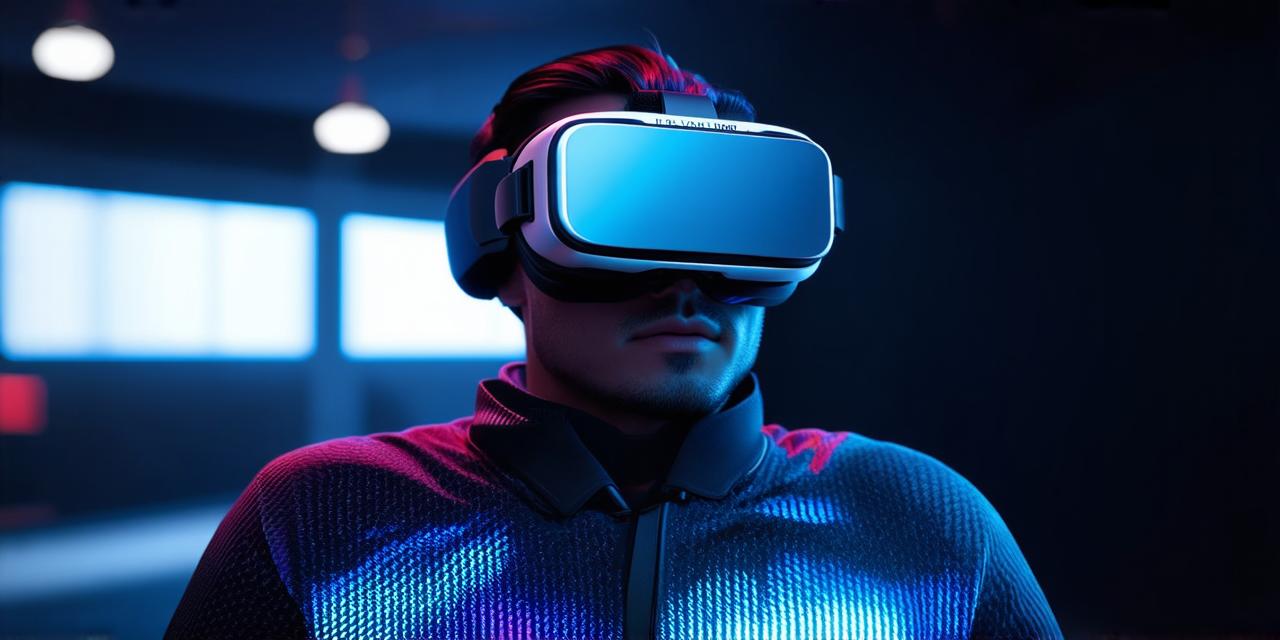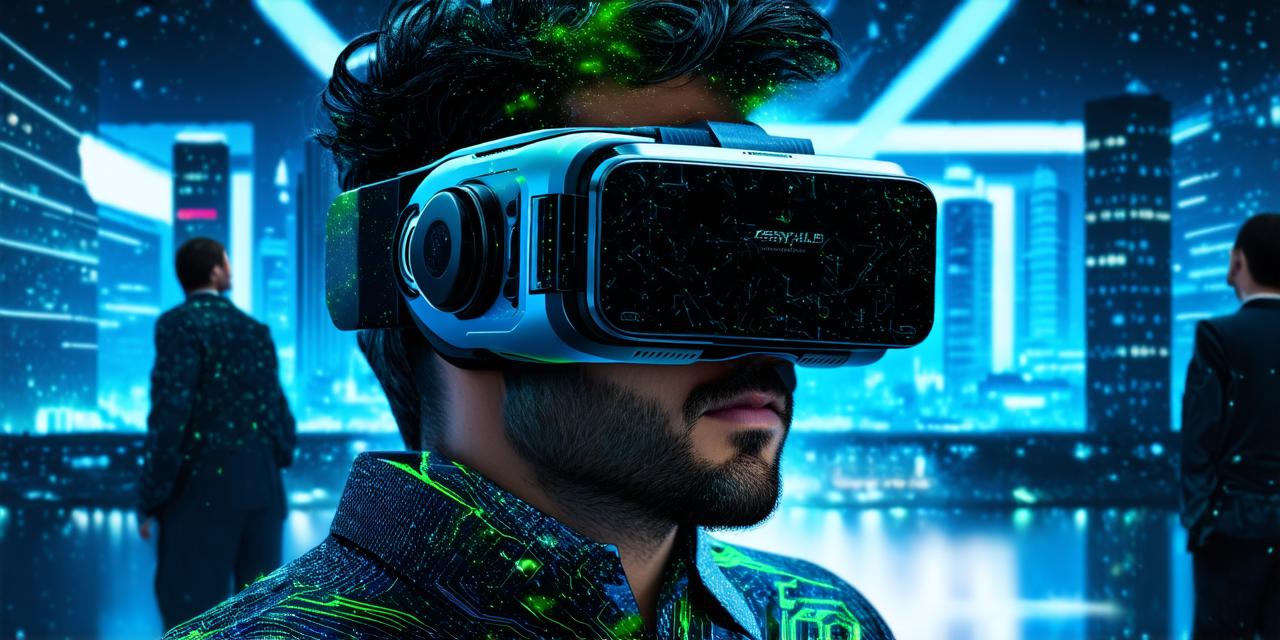Virtual reality and augmented reality are two of the most revolutionary technologies in the modern era. While they both have similar goals, which is to create an immersive experience for users, there are some fundamental differences between them. In this article, we will explore the main distinction between virtual reality and augmented reality and how they differ from one another.
What is Virtual Reality?
Virtual reality is a technology that allows users to experience a computer-generated world as if it were real. It does this by creating an environment that completely immerses the user in a simulated reality. This technology typically uses headsets or goggles, gloves, and other specialized equipment to track the movements of the user and adjust the virtual environment accordingly. Virtual reality is often used for gaming, training simulations, and other applications where users need to experience an artificial world.
What is Augmented Reality?
Augmented reality, on the other hand, is a technology that overlays digital information onto the real world. It does this by using sensors or cameras to track the user’s location and then displaying additional information on top of the real-world environment. Augmented reality can be experienced through a smartphone, tablet, or other device with a camera. This technology is often used for applications such as shopping, social media, and gaming.
Main Distinction
The main distinction between virtual reality and augmented reality is the level of immersion that they provide. Virtual reality completely immerses the user in a simulated world, whereas augmented reality adds digital elements to the real world. Augmented reality does not replace the real world, but rather enhances it by adding additional information and functionality.

Another important distinction is the way that virtual reality and augmented reality are experienced. Virtual reality typically requires specialized equipment, such as a headset or gloves, while augmented reality can be accessed through a standard smartphone or tablet. Additionally, virtual reality experiences are usually more intensive and require more resources to generate, while augmented reality experiences can be relatively simple to create.
Summary
In conclusion, virtual reality and augmented reality are two distinct technologies with different goals and applications. Virtual reality completely immerses the user in a simulated world, while augmented reality adds digital elements to the real world. Both of these technologies have the potential to revolutionize the way we interact with the world around us, and will continue to evolve as they gain popularity and advancements in technology are made.



